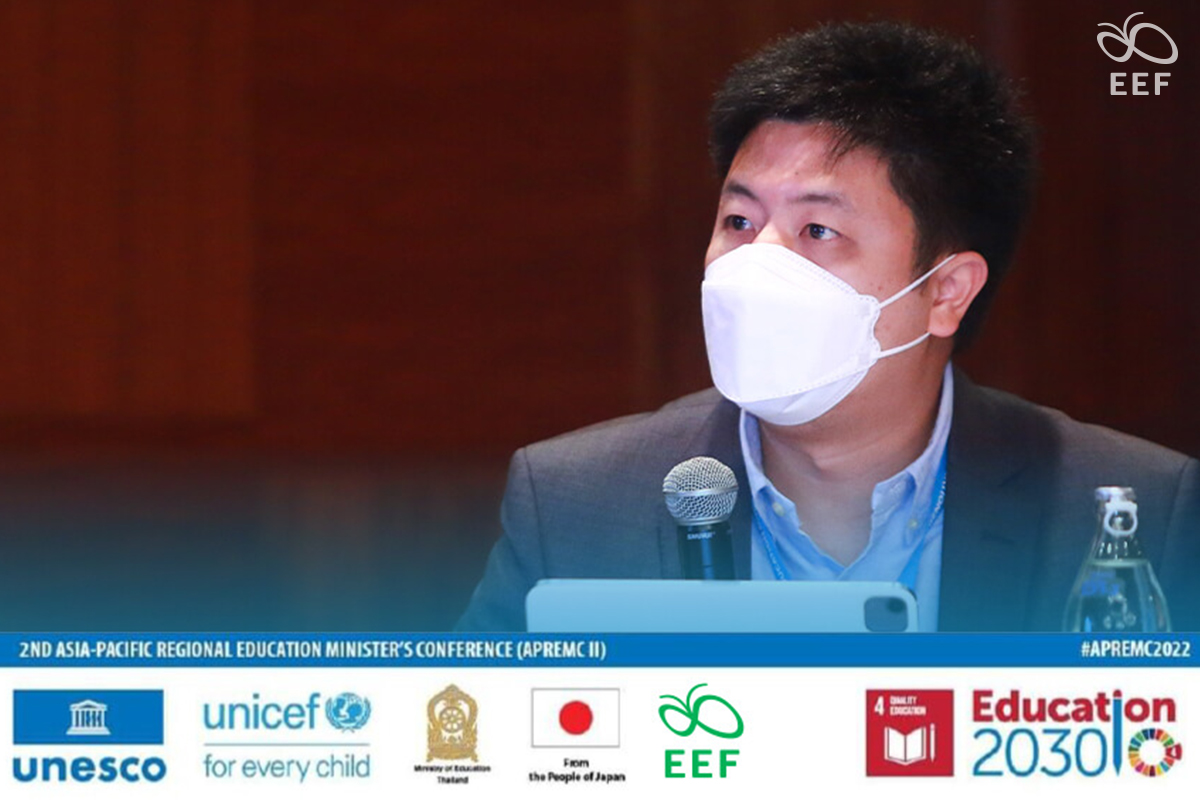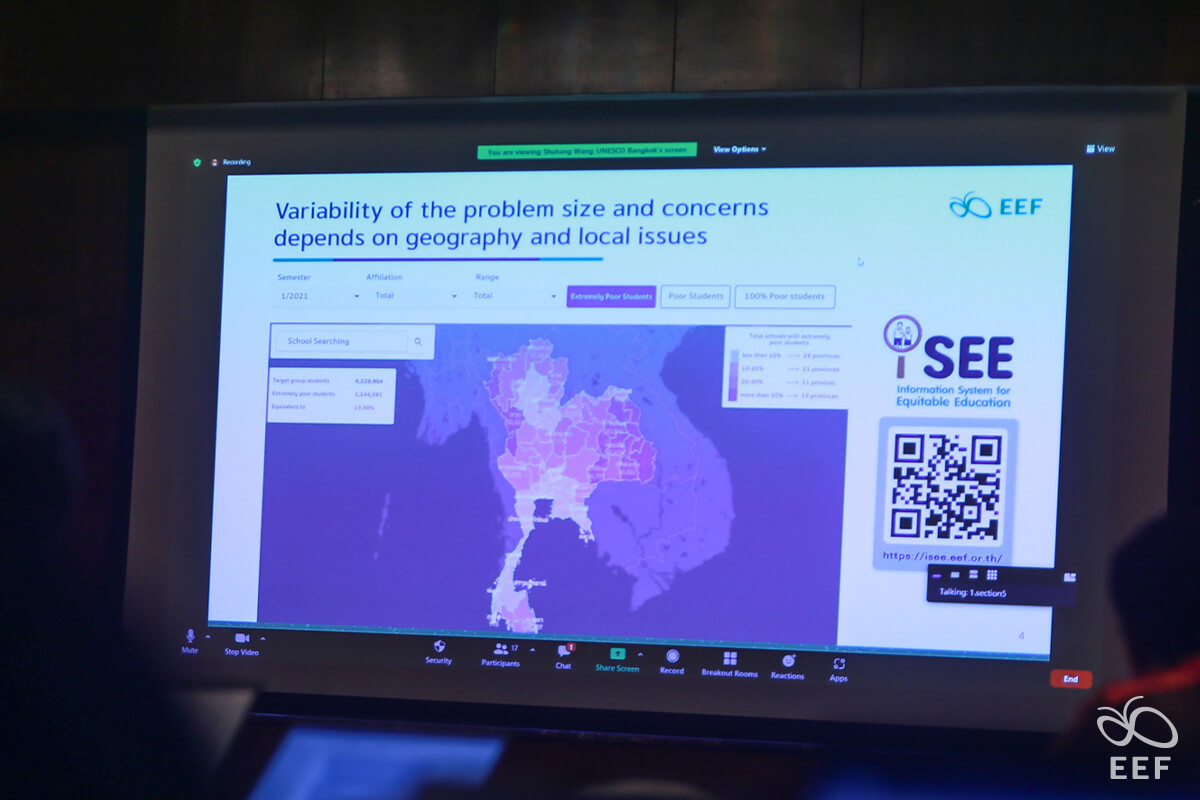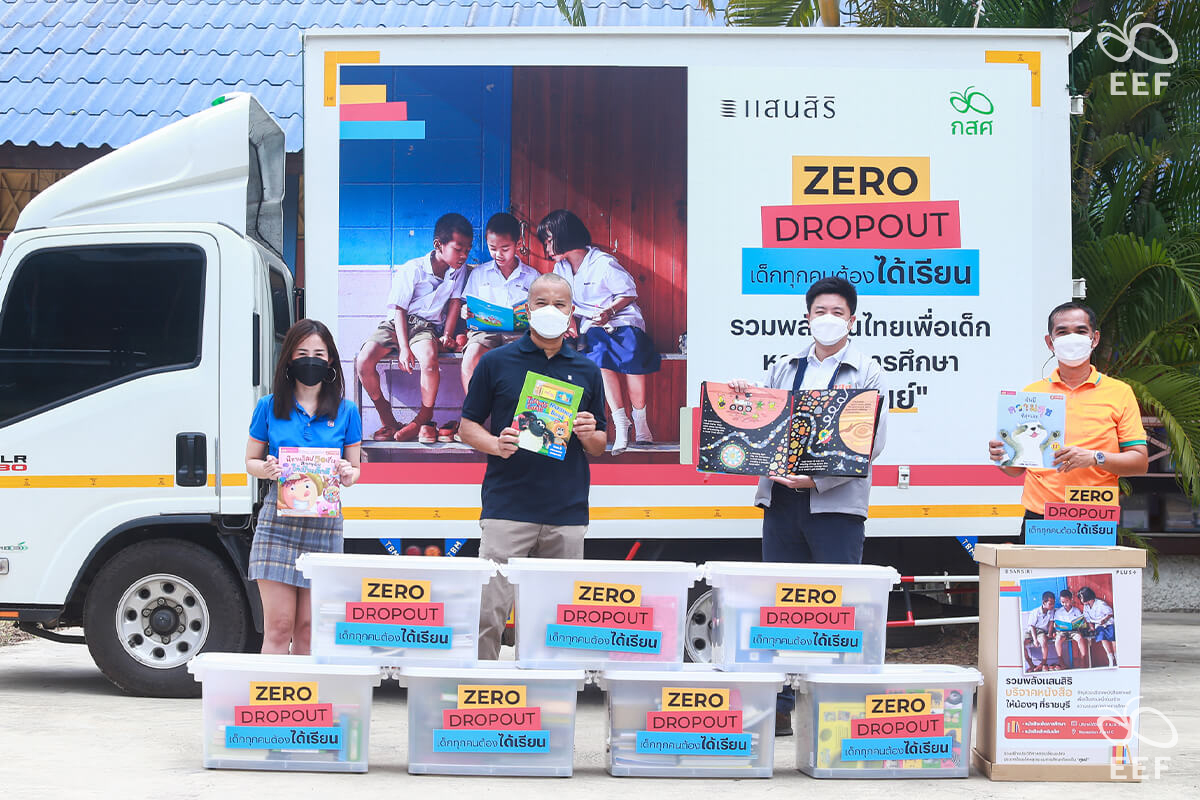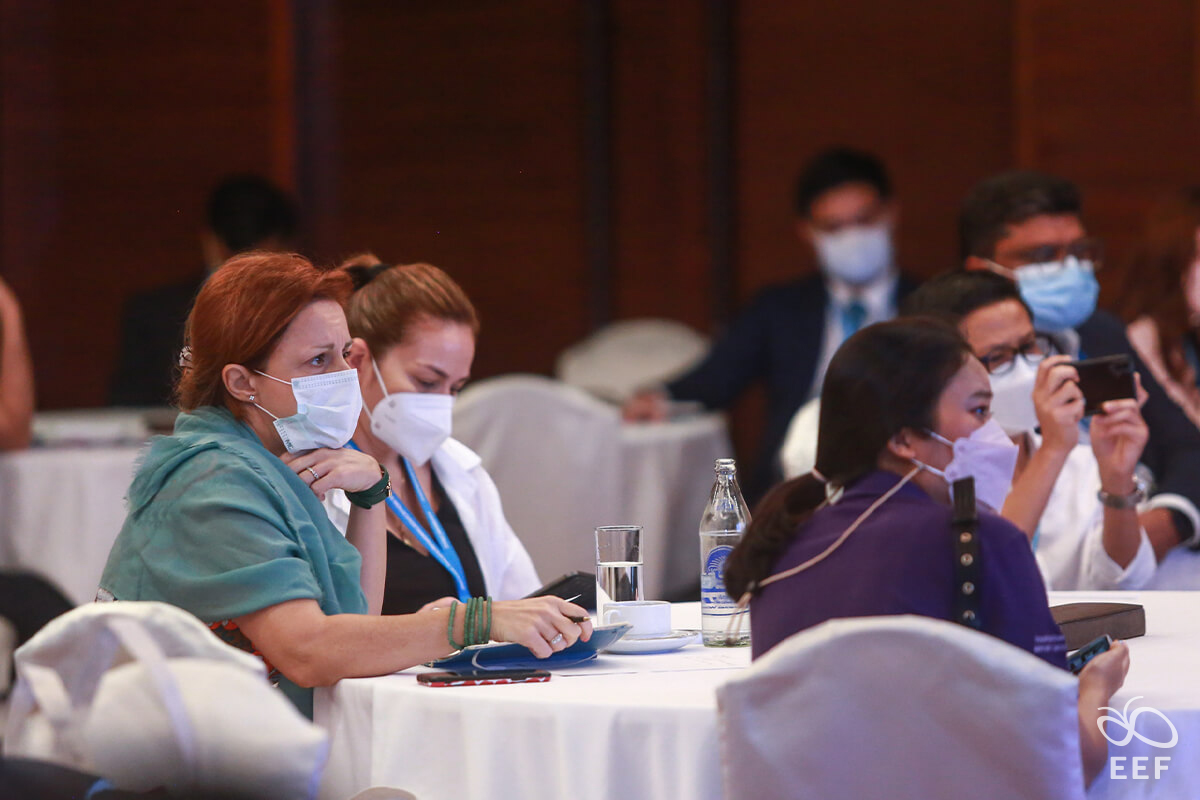
The economic recession is one of the effects of the COVID-19 pandemic where many countries around the world have to face the same situation. For Thailand, it found that the number of extra-poor children in the first semester of the 2022 academic year was more than 1.3 million, up from the first semester of the 2020 academic year, with the number of extra-poor children nationwide at about 990,000 individuals.
The Equitable Education Fund has developed the Information System for Equitable Education, or iSEE, which is a large database covering the target group of children and youths who are underfunded and underprivileged by linking the data with 6 ministries and data from the Geographic Information System (GIS), which can accurately identify the goals of children at risk of dropping out of the education system. The fund has taken this useful information to start a pilot program to solve the problem of inequality.

Dr. Kraiyos Patrawat, Manager of the Equitable Education Fund (EEF), asserted about the operations of Thai education at the 2nd Asia-Pacific Education Ministers’ Meeting on the title of Finance and Governance on June 5, 2022, that the Equitable Education Fund currently has a collaboration with Sansiri to conduct the “Zero Dropout, All Children Need to be Educated” project. The goal is to reduce the number of dropout students to zero within 3 years, starting from the Ratchaburi area, and Sansiri donated 100 million baht, fundraised through debentures to the project.
However, the important thing is not just donations but also promoting participation in other dimensions, for example, mobilizing cooperation from employees and residents to donate more than 2,500 books and repairing the library at Suan Phueng Kindergarten, etc. In addition, EEF encourages local participation by expanding the scope of existing projects and target groups, including partners, whether the government sector, civil society, universities, schools, and communities, to drive collaboration and to support local leaders in sustainably implementing the Area Based Education (ABE) plan.

Another example of cooperation between the Equitable Education Fund and the private sector is the “Breath for Children”Project, which is the project in which EEF has expressed its intention to work with PTT, a large energy organization in Thailand. It raised funds through the Virtual Run Activity and gave scholarships worth 151 million baht to help Grade 6 and Grade 9 students who are in the transition of their education, belong to the extra-poor household group, and are at dropout risk for a total number of 60,000 individuals across the country.
With the current challenges to face, whether it is the size of the growing target, limitations of fiscal space, and lack of flexibility to solve complex problems, innovation lessons to achieve equality according to SDG4, it is not only about money, but it also means looking for partners with a common vision to create channels to expand the participation of different sectors, database technology development, and transparency. The data is a critical key to building understanding with the private sector on the extent of the problem, as well as being a mechanism for accurate monitoring and evaluation.

Furthermore, the private sector now expects to support a sustainable change in the form of a campaign, strengthening local leaders, including public policy proposals. Similarly, a society expects a measurable and sustainable change from the private sector that is not only a short-term public relations project, but one that refers to projects that have a long-term impact of more than 1 year.
Last but not least, the government sector and regulatory agencies must play their roles in creating the systemic incentives for a conductive environment for social participation. These are the factors that will generate the network of All for Education Partnership (AFE) to achieve sustainability according to SDG4.


